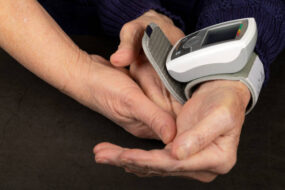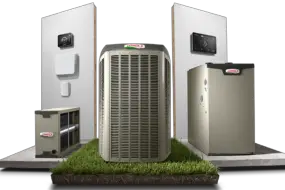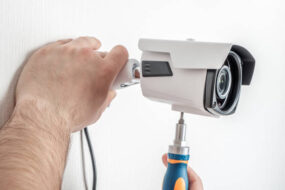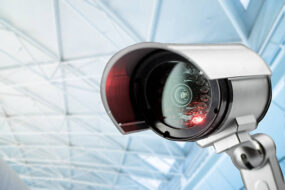IoT device:
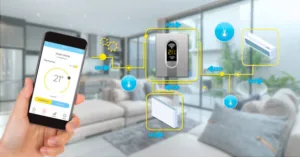
Are you ready to dive into the exciting world of the IoT (Internet of Things)? Imagine a home or office where devices work together like magic, making your life easier and more efficient. That’s the promise of IoT, and with the ever-increasing number of smart devices available, it’s becoming increasingly easy to create a personal connected haven.
But before you go on a smart gadget shopping spree, hold on there, partner. There’s a crucial aspect to consider when choosing IoT devices: compatibility. You want to make sure these devices can play nicely together, seamlessly integrating into your life without turning your home into a tech battlefield.
Types of IoT Devices: A Glimpse into the Connected World

Before we delve into compatibility considerations, let’s take a quick tour of the different types of IoT devices that can transform your living spaces or workspaces:
1. Smart Home Devices: These nifty gadgets bring intelligence to your everyday routines. Smart thermostats regulate your home’s temperature, smart lights illuminate your space with energy efficiency, smart locks add an extra layer of security, and smart appliances automate tasks like cooking and laundry.
2. Wearable Devices: These companions keep you on track, both physically and digitally. Fitness trackers monitor your health and fitness goals; smartwatches provide notifications and connectivity on the go; and smart glasses offer hands-free interactions with the world around you.
3. Smart City Devices: These unsung heroes work behind the scenes to make our cities smarter and more livable. Smart parking metres optimise parking availability, smart traffic lights reduce congestion, and smart waste bins streamline waste management, all contributing to a more efficient urban environment.
Read More: How Augmented Reality Scopes are Transforming Precision Healthcare
Compatibility Considerations: Ensuring a Smooth, Smart Life

1. Communication Protocols: IoT devices speak different languages, or rather, protocols. Wi-Fi, Bluetooth, and Zigbee are just a few of the communication protocols that devices use to exchange information. Make sure the devices you choose are compatible with the protocols used by your router and other devices.
2. Data Formats: Just like different languages have different structures, IoT devices generate data in various formats. Ensure the devices you select are compatible with the data formats used by your applications and platforms.
3. Operating Systems: Some IoT devices are loyal to specific operating systems, like iOS or Android. Check that the devices you choose are compatible with the operating systems you use.
Read More: Troubleshooting Your Way to Smooth IoT Device Control
Interoperability: The Key to a Connected Ecosystem
Imagine a world where your smart thermostat can communicate with your smart lights, and your wearable device can seamlessly integrate with your smart home hub. That’s the power of interoperability—the ability of devices to communicate and share data, regardless of their manufacturer or protocol.
Interoperable devices bring a level of convenience and efficiency to your smart life. You can create automated routines where devices work together to save energy, enhance security, or simply make your life easier.
Easy Control: Simplicity at Your Fingertips
Compatible devices are great, but what if controlling them feels like navigating a maze? Not to worry; user-friendliness is another crucial factor to consider.
Look for IoT devices with intuitive user interfaces and easy-to-manage settings. Many devices offer smartphone apps for control, while others can be operated using voice assistants like Alexa or Google Assistant.
Tips for Choosing Compatible and Easy-to-Control IoT Devices

To make your IoT journey a smooth one, here are some helpful tips:
1. Do your research. Reviews and comparisons are your best friends. Read up on devices and compare their features before making a purchase.
2. Seek Recommendations: Ask friends, family, and tech-savvy colleagues for their recommendations on IoT devices.
3. Start Small: Don’t go overboard with devices right away. Start with a few essentials and add more as your needs evolve.
4. Stick to a Brand: Choosing devices from the same brand can simplify management and ensure compatibility.
5. Embrace a centralised platform: Use a centralised platform to manage all your IoT devices, providing a single hub for control and automation.
Read More: Exploring Wearable Ultrasound Imaging Technology
Conclusion:
Choosing the right IoT devices is an exciting step towards a smarter, more connected life. By keeping compatibility, interoperability, and ease of control in mind, you’ll be well on your way to creating a seamless smart home or office that works effortlessly for you.






